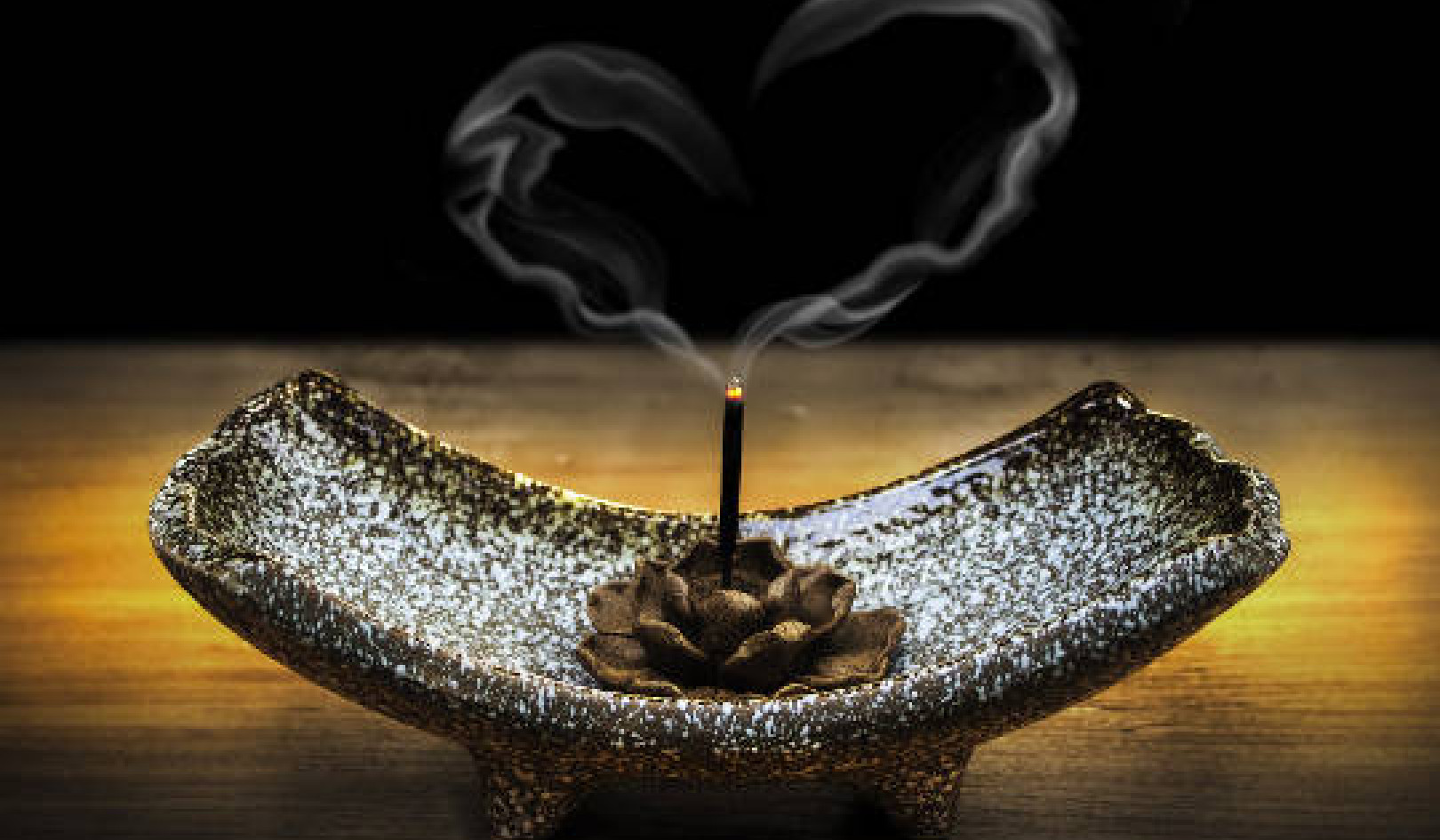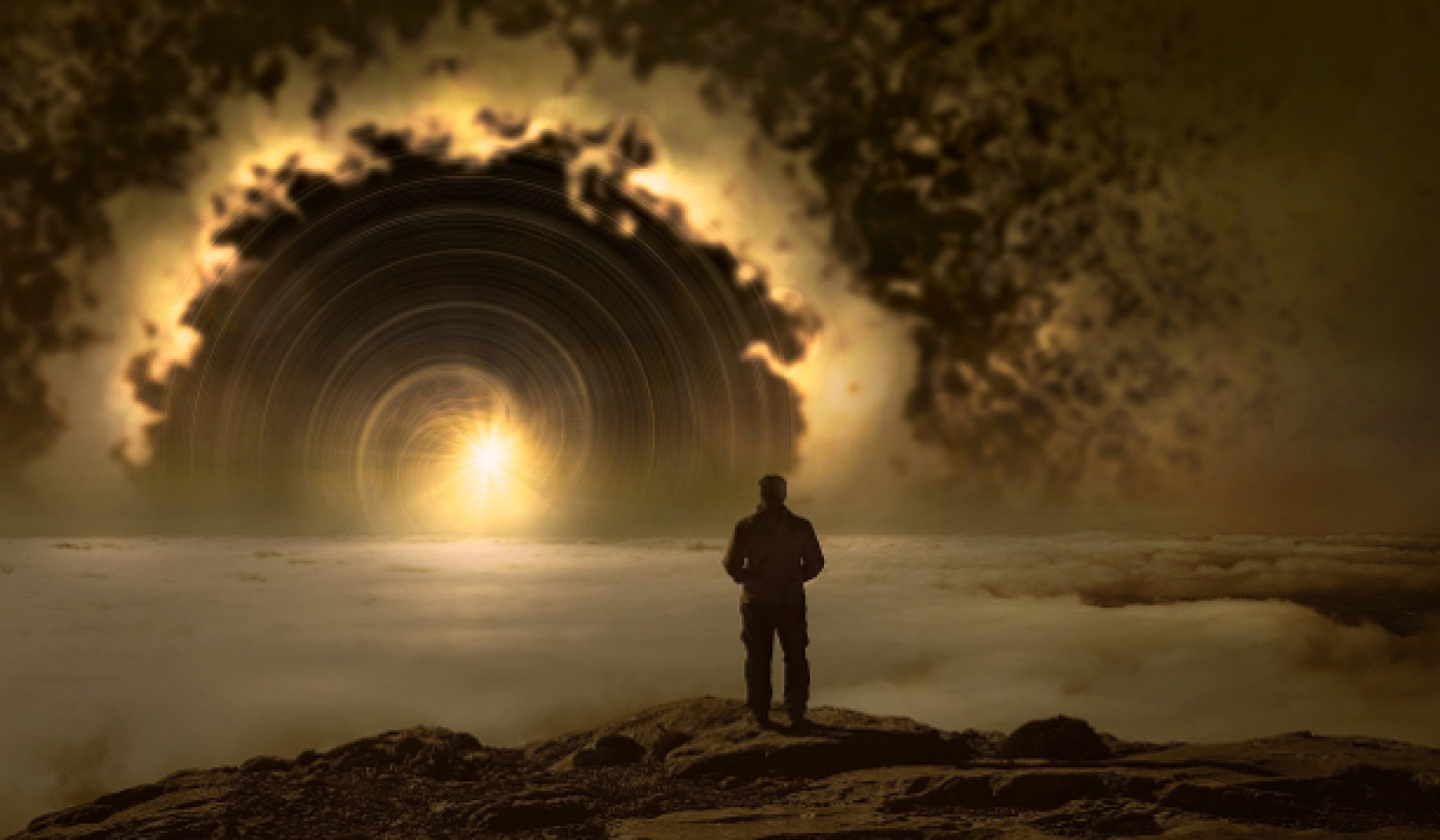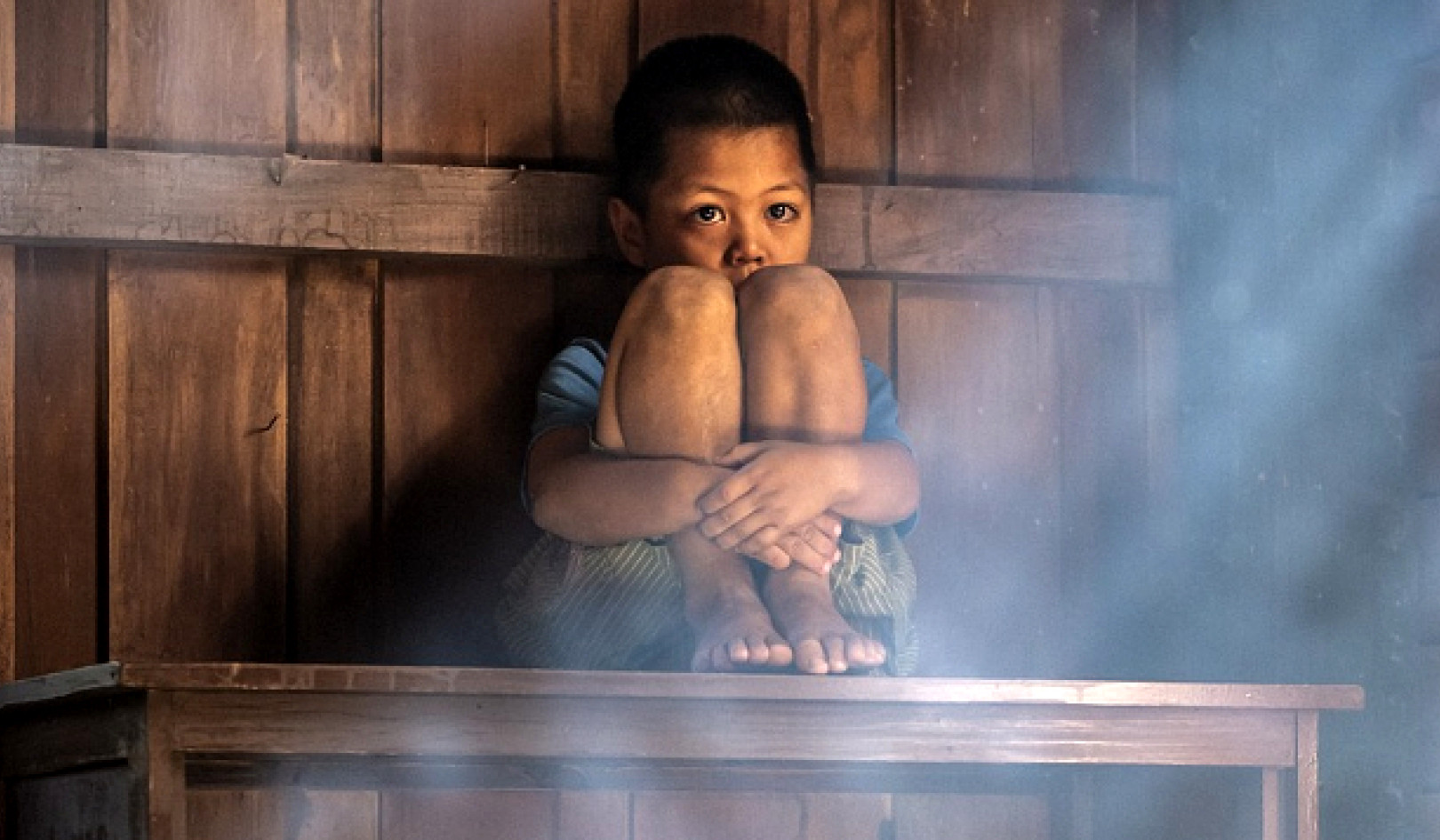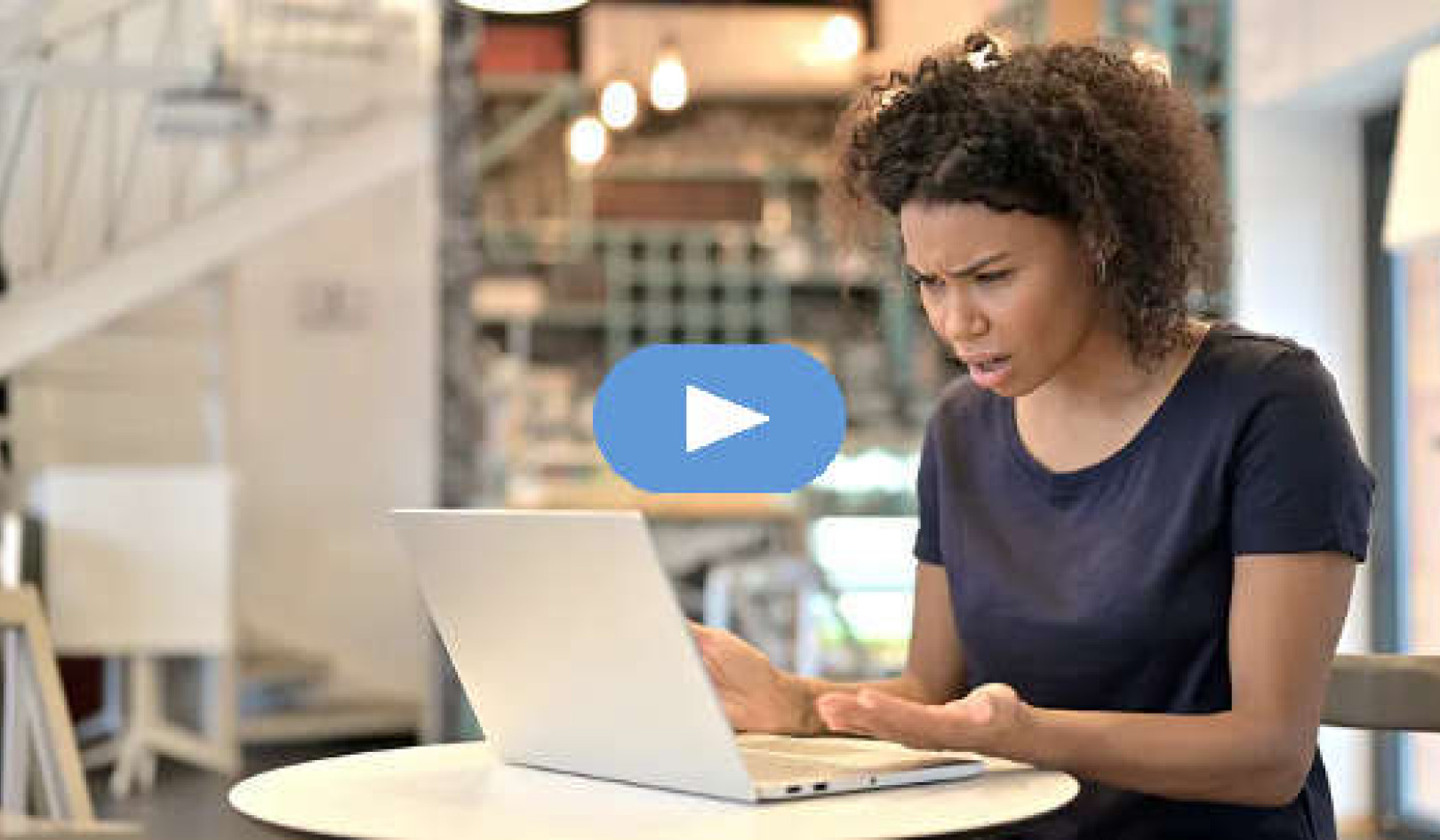
Love is who and what we are essentially. Choosing to love, therefore, is choosing to be more of our whole self. It is choosing to accept and respect ourself and others. It is choosing to allow ourself and others to be who we are, without making any judgements or demands.
Therefore, it is not a question of waiting for external conditions—for the right moment, person or combination of events to come along—before we are able to love more fully. We do not have to wait for Cinderella or Prince Charming to sweep us off our feet. We do not have to wait for love to come to us. Expressing love is a matter of choice, a choice which is always ours to make.
If we say we want more love in our life, what stops us from making this choice? The book A Course in Miracles states:
“Your task is not to seek for Love, but merely to seek and find all the barriers within yourself that you have built against it. It is not necessary to seek for what is true, but it is necessary to seek for what is false.”
Reasons for Not Being More Open to Love
People give different reasons for not being more open to love. The following list offers some typical ones. Have you ever said any of them at one time or another?
- I am very open to love, but the right person has not come along yet.
- I am happy the way I am. My life is very full and satisfying as it is.
- I am very busy now and have no extra time or energy for such things.
- I do not know what love is, so how can I give it?
- I am not lovable.
- I am not good enough. I do not deserve love.
- There is something wrong with me.
- No one could love me if they knew what I am really like.
- I do not know how to love.
- I am incapable of loving.
- I do not want all the bother, aggravation and trouble.
- Men/women only want one thing.
- I am afraid I might be manipulated, used or abused.
- I tried it, and I am never going to let anyone get that close to me again.
- Love hurts.
- I might have to give up my freedom.
- I do not like making commitments. I am not ready for the responsibility.
- I am afraid I might be overwhelmed and lose my sense of self.
- I am afraid I might be trapped for the rest of my life.
- I would rather be miserable by myself than miserable with someone else.
- I cannot trust others.
- I need to be in control to feel safe.
- I am afraid of people.
- My love is too precious to be given away to just anyone and everyone.
- It is not my destiny or karma in this lifetime.
All these statements, as honest and valid as they may appear, actually help us to avoid making the choice to bring more love into our life. They are excuses we give ourself and others, and as such, they become self-imposed limitations.
Childhood Conditioning
As children we usually model ourselves after our parents. We imitate the way they sit, stand, walk and speak. We adopt their habits, likes, dislikes, attitudes and beliefs. Therefore, clues to the way we function as adults can often be found in our early home life and the people who served as models of behaviour.
We find that blocks and barriers to love often come in the form of self-doubts, beliefs and fears which can be traced back to childhood conditioning. We absorbed messages, both directly in so many words (for example a parent who may have said, ‘You can’t trust people!’), and indirectly through observation of their behaviour (a parent’s beliefs or actions which may have conveyed, for example, ‘Life is a struggle.’).
Often these messages have an accompanying warning, either expressed or implied, which we call ‘shoulds’ because of the language these warnings usually use: ‘You should always do this, or you should never do that.’
Unless we re-evaluate them later in life as mature, discerning adults, we take these messages and ‘shoulds’ for granted, and they form our attitudes, beliefs and behaviour which simply continue automatically through habit without ever having been a deliberate choice upon our part.
Consequently, it is valuable to bring to mind an image of the various people and organizations who had a strong influence upon our childhood, such as our mother, father, siblings and other close relatives, teachers, religious leaders, and even people and situations from the mass media, such as radio, television, cinema, video, books and magazines. We can ask ourself, ‘What message and “should” about love did I learn as a child from this source?’ How does that message and ‘should’ make me feel now as an adult?
We can decide which of these messages and ‘shoulds’ we agree with now as an adult and choose deliberately and freely to follow, and which ones we disagree with now and choose deliberately and freely to discard.
It is empowering and liberating to distinguish which of our beliefs and behaviours are a result of childhood conditioning, and which are a result of a free and deliberate choice on our part as an adult.
Blocks, Shadows and Fears
The first step in removing blocks is to find out exactly what they are so that we can begin to recognize them in operation. If we remain blind to our blocks, we can do nothing about them, and they continue to have their limiting, sometimes even crippling, effects upon us.
The second step is to accept them as a part of us, and not to judge either them or ourself for having them. (Otherwise we feel guilty on top of everything else.) We need to honour our blocks, our defence mechanisms. They have helped us to cope, to survive. Then when we are ready, we can choose to let them go, one by one.
Some people refer to their inner blocks and barriers as their ‘shadow’, or the ‘dark’ side of themselves, making it appear mysterious, even ominous, and difficult if not impossible to master.
We take a more positive approach, guided by Italian psychiatrist Roberto Assagioli, MD, the founder of Psychosynthesis, who says in The Act of Will:
“Many people fear love, fear opening themselves to another human being, a group or an ideal. Sincere and honest self-examination and self-analysis, or an analysis conducted with the help of others, are the means of discovering and unmasking, and then getting rid of, these resistances and fears.”
He suggests the way to deal with the ‘shadow’ is simply to walk side-by-side with it out into the light, that is, into the light of awareness, for therein lies the power of choice. Only as we become aware of our blocks, recognizing and accepting them as a part of ourself, can we then choose to do something about them if we wish.
We entitle this chapter Choosing To Feel Safe because we have found the primary reason most of us do not make the choice to love more freely and fully is that we feel unsafe and insecure in some way about people, relationships, love or even life itself. We fear whatever might happen if we open ourself to giving and receiving love more readily.
What Is Fear?
Fear begins as a thought, anticipating the possibility of an unwanted happening of some kind. The thought is quickly followed by one or more emotional reactions—anxiety, dread, panic, terror—accompanied by feelings of uneasiness, vulnerability and worry.
The following list reflects common fears many of us have. Which ones do you imagine could be blocking you from choosing to love?
- Fear of being abused
- Fear of being hurt
- Fear of being used
- Fear of commitment
- Fear of entrapment
- Fear of failure
- Fear of intimacy
Most of us have such fears. Few of us are totally fearless. Therefore, the task is to recognize our fears and their effect upon us, then to accept them as a part of us and finally to diminish or eliminate their limiting influence upon us. Consider for a moment your response to these questions about fear:
- How fearful are you?
- How much do your fears influence you? How strong are they? How limiting are they?
- When and how do your fears make your relationship decisions for you? When and how do you allow them to stop you from being or doing something?
- What is the worst part of having your fears? What is the best part?
- How do you usually cope with uncomfortable feelings such as fear? What methods do you use to deal with them? What do you actually do?
Functions of Fears
All our behaviour patterns—both the so-called ‘positive’ and the ‘negative’ ones—have two primary functions. First, they limit us in some way. They hold us back, curtail our freedom, prevent us from changing and growing.
In what specific ways does the fear you identified above limit you?
Second our patterns serve us in some way. They help us to achieve whatever we want (such as a sense of security, freedom or empowerment) and to avoid whatever we do not want (such as anxiety, pain or responsibility). One method to find out how a behaviour pattern serves us is to ask ourself what (1) we might lose or miss, and (2) we might have to do or be, if the pattern were not there as a part of us.
In what specific ways does the fear above serve you?
Fear involves a loss of control—part of the fear is that we are either not in control or afraid we will lose control. Fear usually involves another loss of some kind as well. For example, fear of entrapment concerns the loss of freedom. Fear of rejection concerns the loss of self-esteem. Fear of being overwhelmed concerns the loss of a sense of self.
With the fear you identified above, what are you at risk of losing?
Your response reflects the underlying issue which needs to be addressed and resolved before you can feel safe and secure enough to choose to love.
Fear and Taking Risks
Choosing to love means facing our fears and taking risks. A risk refers to taking a chance or gamble on something with an uncertain and even potentially unsafe outcome.
Here is a poem about risks by an unknown author:
To laugh is to risk appearing the fool.
To weep is to risk appearing sentimental.
To reach out for another is to risk involvement.
To expose feelings is to risk exposing your true self.
To place your true ideas, your dreams before a crowd
is to risk their loss.
To love is to risk not being loved in return.
To live is to risk dying.
To hope is to risk despair.
To try is to risk failure.
But risk must be taken because the greatest hazard in life
is to risk nothing.
People who risk nothing, do nothing, are nothing.
They may avoid suffering and sorrow,
But they cannot learn, feel, grow, change, love, live.
Chained by their attitudes, they are slaves.
They have forfeited their freedom.
Only the person who risks is free.
Philosopher Soren Kierkegaard says clearly and simply,
To risk is to lose your footing for a while.
Not to risk is to lose your life.
What do you imagine is the biggest risk you could take concerning love? What makes it a risk for you? What is the underlying issue or concern you have—what could you lose? What could you gain? What would it be like to have more love in your life?
Applying It
Many of us might have the goal always to feel completely safe and secure. But such a goal is an illusion, as life just is not this way—even the most secure and well-balanced people often confront life in unsafe moments.
Therefore, our basic tasks are rather to
(1) be true to ourself;
(2) create as much security and safety in our life as possible; and
(3) accept we can be who we are even if we do not feel safe.
It is ultimately a question of priorities and how we focus our attention and energy.
As A Course in Miracles suggests, we have blocks and barriers of one kind or another within us. Often it is easier to observe them in others than in ourself. However, as we become aware of our own blocks, we can take charge and begin to diminish their limiting effects upon us. We can begin to take more risks.
Suggested Reading
- Feel the Fear and Do It Anyway, by Susan Jeffers.
- Love is Letting Go of Fear, by Gerald Jampolsky, MD.
- Risking, by David Viscott, MD.
©1993, 2004, 2018 by Eileen Caddy and David Earl Platts.
All Rights Reserved. Publisher: Findhorn Press, an imprint of
Inner Traditions Intl. www.innertraditions.com
Article Source
Learning to Love
by Eileen Caddy and David Earl Platts.
 In this simple yet insightful guide, Eileen Caddy and David Earl Platts detail the down-to-earth practicalities of exploring feelings, attitudes, beliefs, and past experiences that block us from loving and from receiving love. They show how bringing more love into our lives is not a mystery but often a journey back to ourselves and our core values. The authors examine the feelings of acceptance, trust, forgiveness, respect, opening up, and taking risks, among others, within a framework of compassionate understanding and non-judgment. Deceptively simple yet profound exercises, meditations, and visualizations support the reader in examining their inner world and implementing these vital concepts into their lives.
In this simple yet insightful guide, Eileen Caddy and David Earl Platts detail the down-to-earth practicalities of exploring feelings, attitudes, beliefs, and past experiences that block us from loving and from receiving love. They show how bringing more love into our lives is not a mystery but often a journey back to ourselves and our core values. The authors examine the feelings of acceptance, trust, forgiveness, respect, opening up, and taking risks, among others, within a framework of compassionate understanding and non-judgment. Deceptively simple yet profound exercises, meditations, and visualizations support the reader in examining their inner world and implementing these vital concepts into their lives.
Click here for more info and/or to order this paperback book. Also available in a Kindle edition.
About the Authors
 Eileen Caddy, MBE (1917-2006), was the co-founder of the Findhorn Foundation, a thriving spiritual community in the North of Scotland. For more than 50 years, Eileen listened to and shared her inner guidance, inspiring millions around the world. David Earl Platts, Ph.D., a former consultant, trainer, writer, and psychosynthesis counsellor, lived at Findhorn for many years where he worked extensively with Eileen.
Eileen Caddy, MBE (1917-2006), was the co-founder of the Findhorn Foundation, a thriving spiritual community in the North of Scotland. For more than 50 years, Eileen listened to and shared her inner guidance, inspiring millions around the world. David Earl Platts, Ph.D., a former consultant, trainer, writer, and psychosynthesis counsellor, lived at Findhorn for many years where he worked extensively with Eileen.
David Earl Platts, Ph.D., a former consultant, trainer, writer, and psychosynthesis counsellor, lived at Findhorn for many years where he worked extensively with Eileen Caddy.
Related Books
at

Thanks for visiting InnerSelf.com, where there are 20,000+ life-altering articles promoting "New Attitudes and New Possibilities." All articles are translated into 30+ languages. Subscribe to InnerSelf Magazine, published weekly, and Marie T Russell's Daily Inspiration. InnerSelf Magazine has been published since 1985.

Thanks for visiting InnerSelf.com, where there are 20,000+ life-altering articles promoting "New Attitudes and New Possibilities." All articles are translated into 30+ languages. Subscribe to InnerSelf Magazine, published weekly, and Marie T Russell's Daily Inspiration. InnerSelf Magazine has been published since 1985.
























